EBR charges a service fee to manufacturers to produce ebike reviews and videos. It’s the same flat fee for each bike, and it helps us to keep the site going while limiting ad clutter. We appreciate the opportunity to serve you with our opinions and data but respect your right to know that we receive compensation :)
I’m most familiar with the Piaggio company because of their gas powered Vespa scooters, which were launched in 1946… but the parent company is actually older than that! dating all the way back to 1884. Their latest product offering is a line of electric bicycles called Wi-Bike. The Comfort models, that I’m focusing on with this review, offer Class-1 performance with up to 20 mph pedal-assisted speeds that are activated with advanced pedal sensors. The bikes feel smooth, stable, and efficient to pedal. The video review above shows several different models but I focused in on the Comfort Plus, which offers a clean, quiet, belt drive and continuously variable transmission hub from NuVinci that can be shifted at standstill for $3,699 vs. the stock Comfort model which uses a still-good Shimano Deore 9-speed derailleur and traditional chain for $3,099. The cheaper model opts for a full sized suspension fork and suspension seat post vs. the clean integrated monoshock with paint-matched fork on the Plus model. For riders like myself who appreciate style but also want the comfort of that suspension post, and don’t mind riding with the saddle raised up at least three inches from the seat post clamp, you can always buy your own 31.6 mm suspension post online like this to match the dual-suspension feel of the standard Comfort model. In my opinion, what sets the Wi-Bikes apart from other electric bike products I have seen in the market recently is their style, premium accessories (like tubular alloy fenders, integrated lights, and color-matched chain guard and battery casing), along with the service you will get from Vespa dealers who will begin carrying the bikes in 2017/2018. Just like most other high-end ebike brands, the Wi-Bike products come with a two year comprehensive warranty and there’s a line of optional accessories like bags and locks. During the ride test portion of my review, I was impressed with the even weight distribution across the frame, but also how open the step-thru model was without suffering too much from frame flex. And, I love that they offer both tan and black color options for the step-thru for a more gender neutral look. The black spokes, deep-dish rims, creme colored tires, and leather touch points make it look and feel more like a Vespa than a bicycle, and I was amazed at how many features were built into the optional smartphone app. The bike has GPS tracking and alerts built in, so you can rest easy that your investment is safe at the rack during work… or at least, somewhat findable if it gets stolen. This service is included free for the first two years but then costs something like $35/yr which seems very reasonable to me. Helping with this review was a gentleman named Andrew, from Vespa Brooklyn, who was dressed very nicely in a long sleeve shirt. He talked about riding the bike to work without getting sweaty but then switching to workout mode on the way home, syncing a heart rate monitor, and getting a great exercise while commuting. It’s a neat concept, but very few e-bikes offer heart rate monitor integration natively like the Wi-Bike. Also helping was the Wi-Bike Project Lead for North America, Larry Ferracci, and my friend Chris Nolte from Propel bikes (a competing ebike-only shop in Brooklyn). I tried to be comprehensive with the specs, measurements, and ride tests which are all available as part of this review.
Driving the bike is a 350 watt nominally rated mid-drive motor that has been designed, developed and produced by Piaggio which has been producing motors for over 100. For people who live in Europe and have access to the Wi-Bike line, the motor may be rated at 250 watts to comply with local legislation. This thing measures rear wheel speed, pedal speed, pedal cadence, and pedal torque to provide a responsive and natural feel. It can produce up to 60 Newton meters of torque, which is about average for mid-drives, and it weighs 9.9 lbs. I found that the motor started and stopped with a bit of delay that helped smooth the ride out vs. feeling zippy and sporty. You can see the chainring spin down slowly after I stop pedaling in the video, and you can hear the high-pitched electronic whir soften as I pedal slower and when we were not climbing or going so fast. I did not have difficulty climbing hills but found that in order to reach the maximum assisted speed, I did have to shift up into a higher gear, and I rode mostly in the lower gears because the chainring is fairly large with 42 teeth up front. Shifting gears with the NuVinci N360 grip-shifter requires a bit more strength and grip than the triggers, but it feels smoother. The motor on this bike does not have shift detection and if you were pedaling hard in the highest level of assist (perhaps while climbing) and tried to shift down, it would mash and bang a bit, causing wear on the drivetrain. So, while the NuVinci is heavier and more expensive, it does seem very durable and easy to use. My favorite part about the motor is actually how hidden it is. Piaggio has done a great job matching the plastic covers and protectors around the motor and battery to make it stealthy.
Powering the bike is a 37 volt 11.6 amp hour battery pack mounted just behind the seat tube. I would call the 417.6 watt hour capacity somewhat average for the 2018 timeframe, where many products are hitting the 500 watt hour mark without being any heavier. The pack itself weighs about 6.1 pounds and can be charged on or off the frame. The charge port cover has a spring built in and works very well, there’s much less screwing around with a dirty rubber flap like on other bikes. If you decide to remove the battery for safe keeping or more convenient charging, there’s a large comfortable handle built into the top. The battery locks onto the bike frame using a trusted AXA locking core and then tips out to the left when being removed. I think it would be neat if AXA offered a keyed-alike program for this lock so that you could match it to the optional cafe lock or other folding/u-lock accessories. As it stands, you may end up dealing with several unique keys. In closing, the battery gets the job done and its capacity will be spent efficiently if you shift gears thoughtfully. Mid-drive motors are frequently praised for their ability to go further with the same energy… and while I could not range test the bike during this review, I have no reason to think that it would not be comparable or even better than the zippy Bosch Performance Line motor which is rated very similarly in terms of specs with 63 Nm of torque and 250 to 500 watts output. I do wonder how the plastic casing around the battery pack works, and if it can be transferred to a different battery pack if/when it starts to run low and requires replacement after several years of continuous use? That could increase the price and complexity of replacement, but if you store the pack in a cool-dry location and keep it at ~50% capacity when not in use, it should hold up very well over the long term.
Operating this electric bike is potentially more involved than other products, but that’s only because it provides so many cool features… and you don’t have to use them if you don’t want to. The included LCD display is removable, backlit, and easy to activate. Just press the power button on the control pad near the left grip and then cycle through the three levels of assist, watch as the speedometer changes, keep track of your battery capacity, and keep an eye on the gear info-graphic which communicates motor power and rider power back to back, so you can see how much the bike is helping. The Mode key lets you cycle through trip stats, and if you arrow down to no-assist you can then hold walk mode and the bike will push itself slowly (great, considering the heavier weight). If you hold the mode key on the display, you can enable bluetooth in the settings menu and connect your Android or iOS smartphone using the Wi-Bike App. This is where the real fun begins! Rather than just three levels of assist, the app provides ten power steps and four different ride modes including Fitness, which can sync with a heartrate monitor (as mentioned earlier). The app also lets you create a profile, will recommend tire pressure and saddle height based on your body specs, and can even do GPS route planning and remember you “home” to make it easy to get around. I love that the app has a battery percentage readout as well as the five-bar infographic to really let you track and plan rides, and avoid getting stranded. But again, the bike charges pretty quickly with the four-Amp charger, it’s just a little bulky and heavy compared to some others I have seen. Sometimes it’s nice to just have a simple display to work with and other times it can be fun to geek out and dial the settings in. I like that you can completely remove the stock display and use your phone as both the key fob and settings adjuster for the bike. This entire system feels more like an automobile or just a premium scooter to me and that helps to justify the higher price point.
All things considered, I really enjoyed the Wi-Bike Comfort Plus. It offers the unique belt drive + CVT combination which is smooth and durable. The motor seems like a good fit in terms of performance and stability while also being durable and efficient. I like all of the integrated accessories, especially the lights, and am a big fan of hydraulic disc brakes… so that’s nice to see as well. Performance was good, style was great, and the app was fantastic. Depending on your needs and tastes, this could be a great bike to consider. There is room for improvement with the addition of bottle cage bosses, and maybe some settings to make the motor more responsive or quieter, but it’s on-par with most of the other mid motors in that respect. I feel that 9-speed Shimano Deore version of standard Comfort (vs. the Comfort Plus) would be lighter, shift quicker, and be more comfortable for commuting on bumpy streets because the suspension travel is longer and the seat post suspension comes stock. I would probably opt for the step-thru frame because it felt stiff but was easy to mount and would just work better if the rack was all loaded up with bags. Big thanks to Vespa Brooklyn and the Piaggio team for meeting me with several bikes and partnering with me on this post. They helped to pay for my travel and accommodations to make this review possible and provided support in figuring out all of the technical nuances of the app.
Pros:
- The design is refined and polished, note the color-matched suspension fork and plastic chain cover, the sweeping angular points on the battery surround and rack mounting point behind the seat tube, the flowing hydroformed tubing and smooth welds throughout
- Feature complete with sturdy tubular alloy fenders, integrated LED lights, and a sturdy rear rack setup for trunk bags or side bag panniers
- Comfortable but efficient, the leather ergonomic grips and swept-back handlebar provide a more upright riding position but the hybrid tires and leather saddle are comfortable to pedal with, the components seemed like high quality that would last
- Hydraulic disc brakes from Shimano provide good stopping power, note the larger front rotor, it’s good to have this sort of brake setup because the bike is a bit heavier than average at ~60 lbs (in part because of the NuVinci CVT drivetrain on the bike I reviewed)
- Battery and motor weight is positioned low and center for improved handling and stability but the wave style step-thru frame is still open and accessible, it’s not quite as stiff as the optional diamond high-step frame
- If you opt for the Belt drive and NuVinci continuously variable transmission (CVT) the bike will be super clean and quiet, you can shift at standstill without worrying about any sort of mashing (as you would with a traditional derailleur and chain) but the NuVinci does add some weight
- Both the battery and display panel can be removed easily, this could allow you to keep them protected from harsh weather or a rough bike rack (the display acts as a key-fob so the bike cannot be moved without it), and the removability also makes the battery easier to charge if you’re commuting and there aren’t plugs near the rack or you cannot bring the bike inside
- It’s neat that Piaggio has created an app to let you plan routes, get diagnostics, and even learn how to set your tire pressure and seat height but you don’t need to use this if you prefer to rely on the display only, one other cool feature is GPS tracking to help recover bikes if they get stolen and Piaggio offers two years of free data with the purchase as I understand it
- Available in two frame sizes, 47 cm and 50 cm, as well as two frame styles, step-thru and high-step, so you can really dial in fit, there are also two colors (black and tan)
- In addition to the lights, this bike had plenty of plastic reflectors and a reflective sidewall stripe painted onto the tires to increase your visual footprint and be safer in dark riding conditions
- Piaggio sells a branded line of accessories, such as the trunk bag, so you can maintain the beautiful look and consistency across the bike, the trunk bag had some reflective fabric on it as well as zip-down panniers on both sides
- I believe that the Wi-Bikes are only sold through dealers, but it appears that Vespa has a large network of dealers so finding and test riding the product could be easier, as well as getting help with the two-year warranty should something go wrong
- The motor is custom made for Piaggio but seemed very high quality (comparable to the Yamaha or Bosch Active Line motors in terms of build and performance for me), it measures four signals including rear wheel speed, pedal cadence, pedal speed, and pedal torque for fluid operation
- The charging port is located low on the left side of the frame, near the left crank arm, and has a loaded cover to keep the port clean, it’s color-matched and just works great… just be careful not to bump the charging plug by moving the bike backwards when it’s plugged in or that could bend the connector or get snagged
- The bell that comes included seems one step up in terms of quality and the control pad used to interact with the display is also upgraded and appears to be almost completely sealed against water and dust
- The mount for the display has a full sized USB Type A female port built in so you can charge portable electronics and maybe keep your phone full while using the app and riding
Cons:
- Minor complaint here, the headlight on both the standard Comfort and Comfort Plus model is mounted to the moving portion of the suspension fork vs. being “sprung” and mounted to the head tube or handlebar, this design choice keeps the cockpit more clean and the light seemed like a high-quality part, but it might bounce around more being unsprung the way it is mounted
- The motor casing is larger than many of the other mid-motors I have seen and test ridden, the motor itself weighs more at ~9.9 lbs vs. 6.61 lbs for the Brose Drive T and 8.8 lbs for the Bosch Performance Line
- It looks like they thought of everything, except for bottle cage bosses, even on the high-step frame! That’s a bummer because sometimes I like to ride without bags or a backpack but want to bring some fluids to drink or maybe a folding lock and there’s nowhere to mount that here by default, you might have to use an aftermarket adapter and those just aren’t as sturdy or good looking
- It’s neat that the skewers use this security key vs. quick release so that the bike can be used for commuting without as much potential for theft… but don’t lose that key or you could struggle to fix a flat on the go, also, I wish they offered the AXA frame lock option keyed-alike so that you didn’t have to use two sets of keys if you plan on locking the bike frequently that way, or even three sets of keys if you also get a u-lock or cable lock to be very secure
- The battery charger is heavier and larger than average, but I’d estimate that it does offer about double the charging speed because it puts out 4 Amps vs. 2 Amps on most generic chargers I see
- The motor feels more subtle, it doesn’t engage as instantly when you first begin pedaling and it doesn’t spin down as quickly as some alternative drive systems I have tried, it’s a relaxed experience vs. sporty and zippy in my opinion
- This bike is a bit longer, and seems to have a longer wheel base which makes it more flowy vs. snappy and nimble, it felt stable to me but I just wanted to call this out because shorter chainstays seem to be desireable for some riders and this bike might not fit as easily in confined spaces
Resources:
- Official Site: http://www.wibikeusa.com/
- More Pictures: https://photos.app.goo.gl/7f1VDB87krlzdYMe2

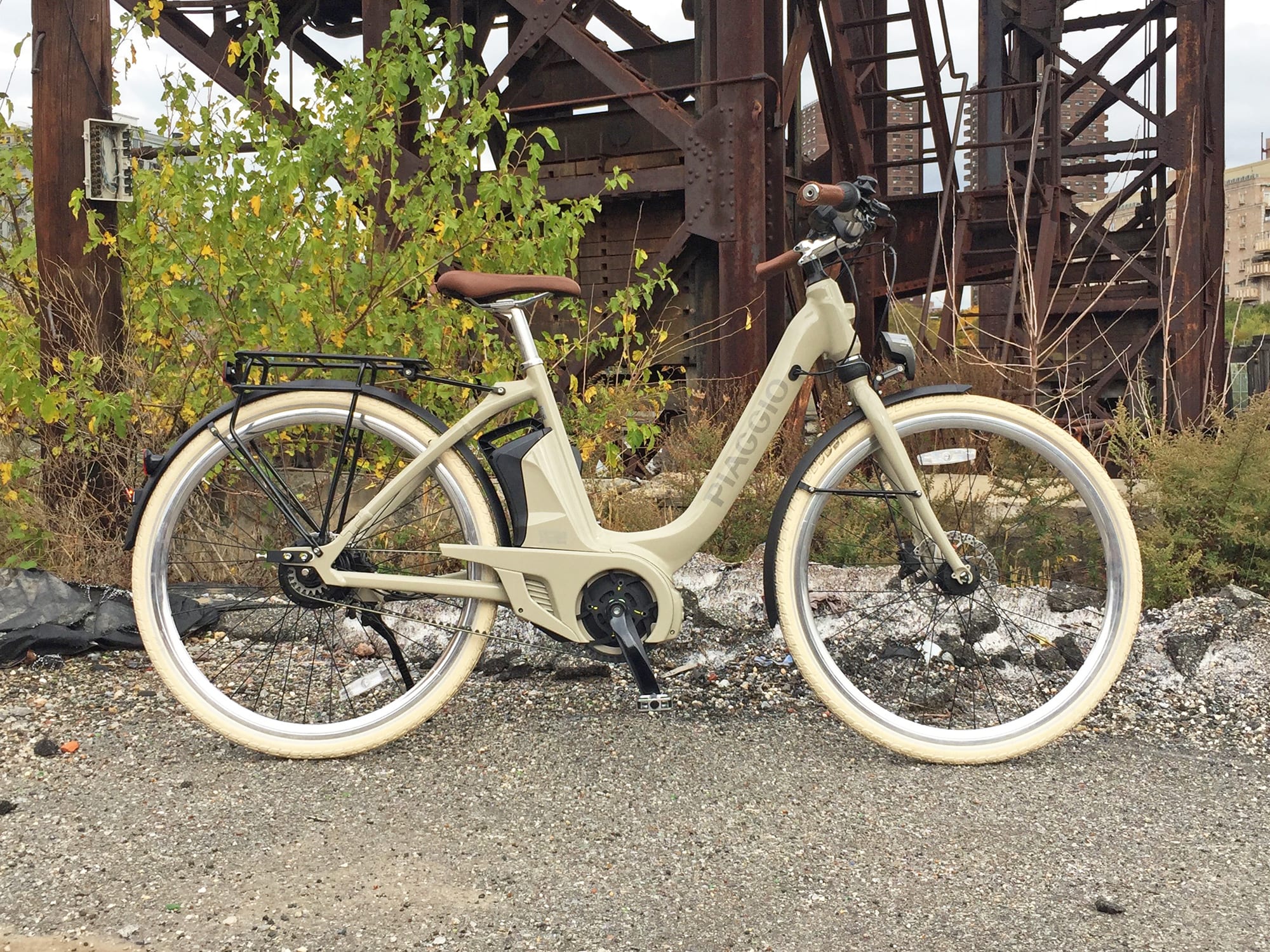
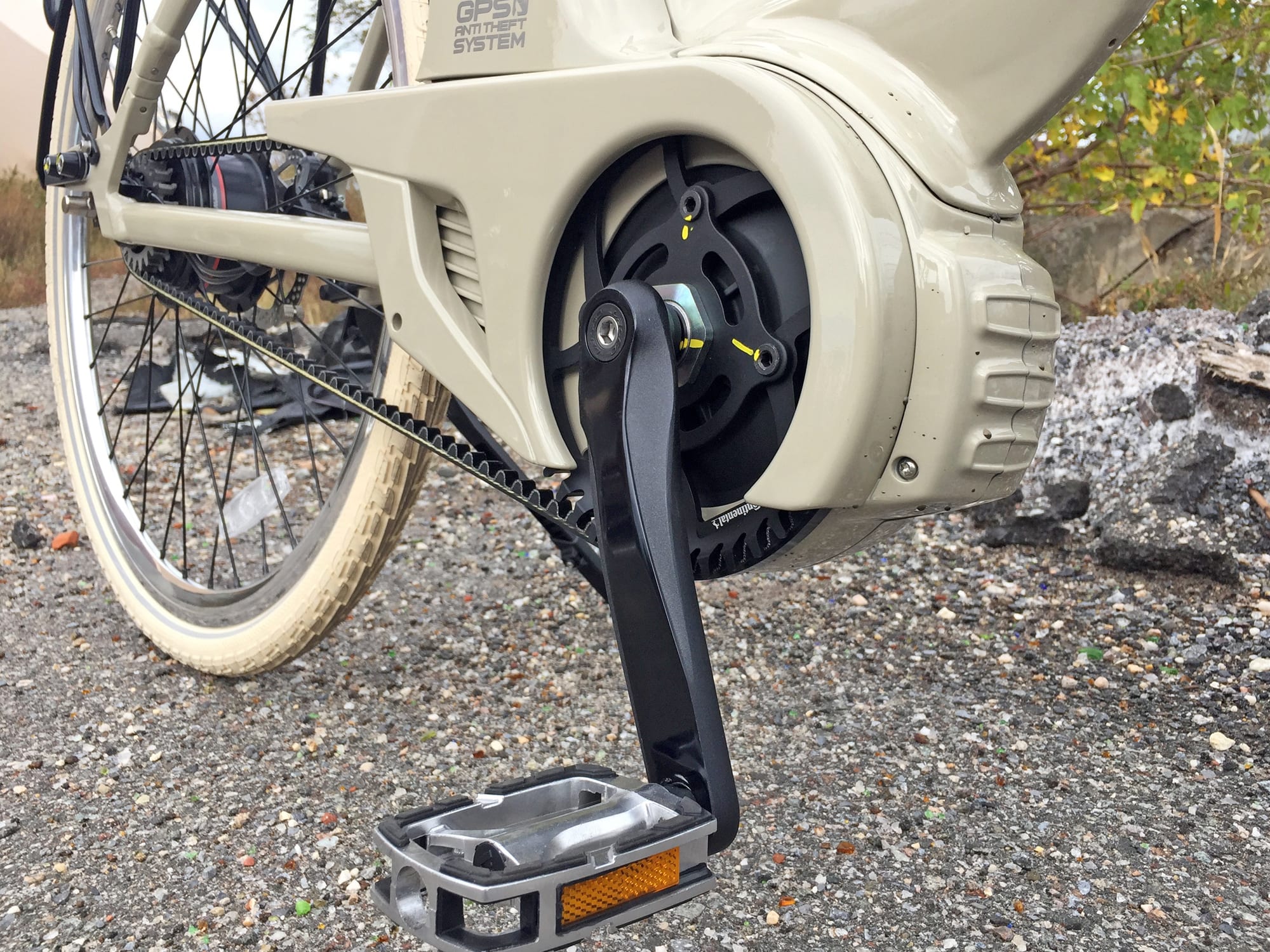
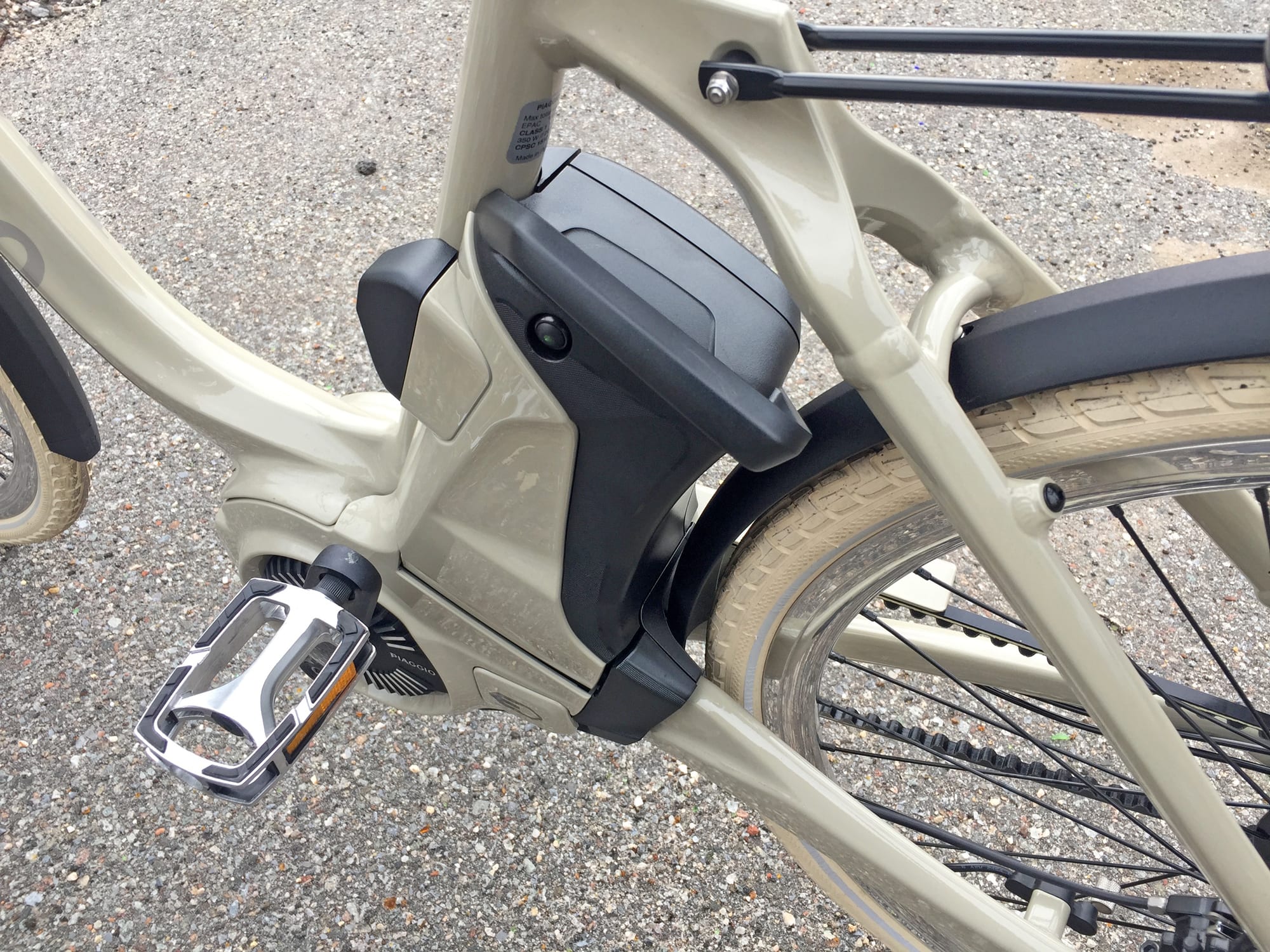

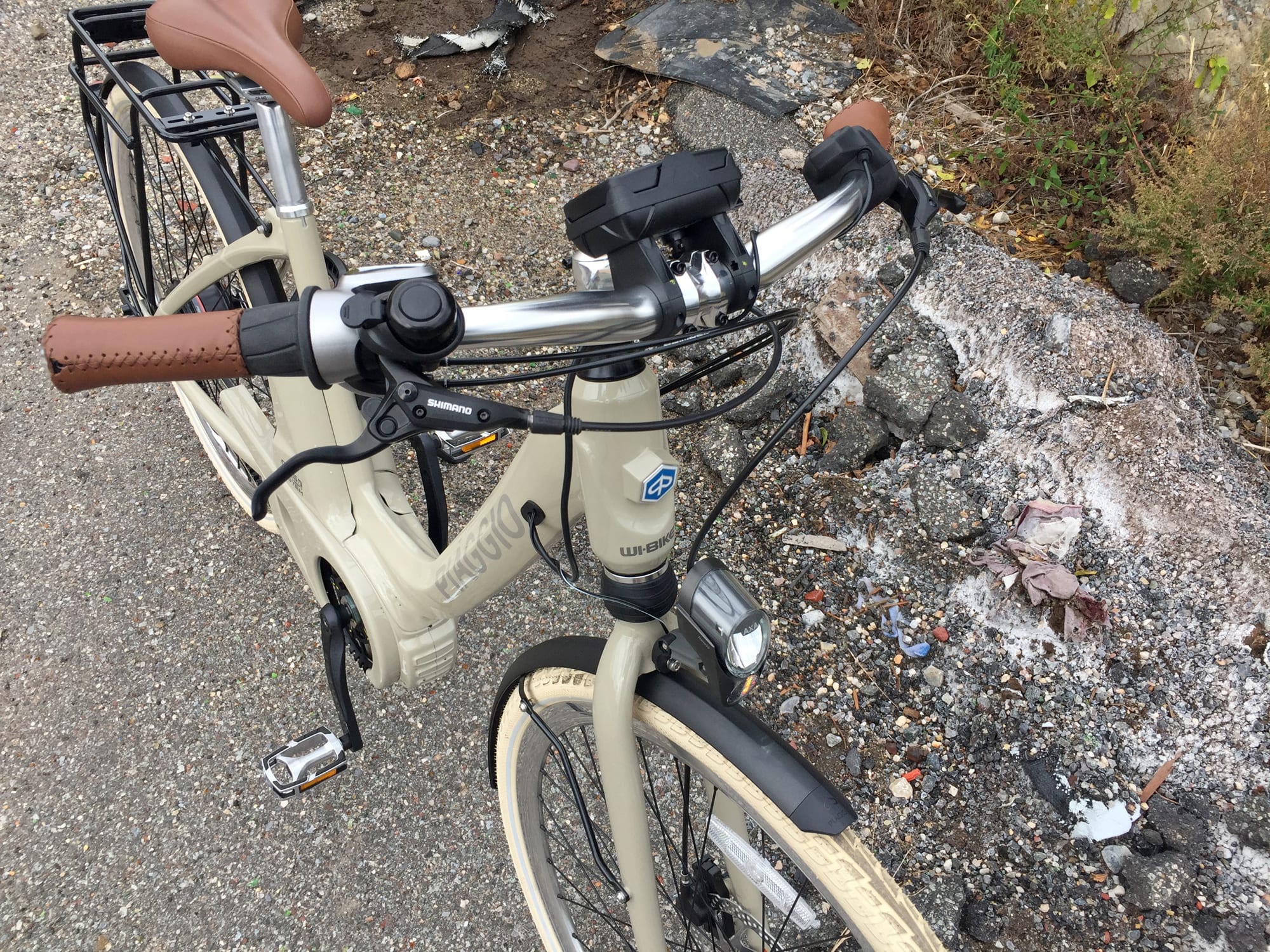
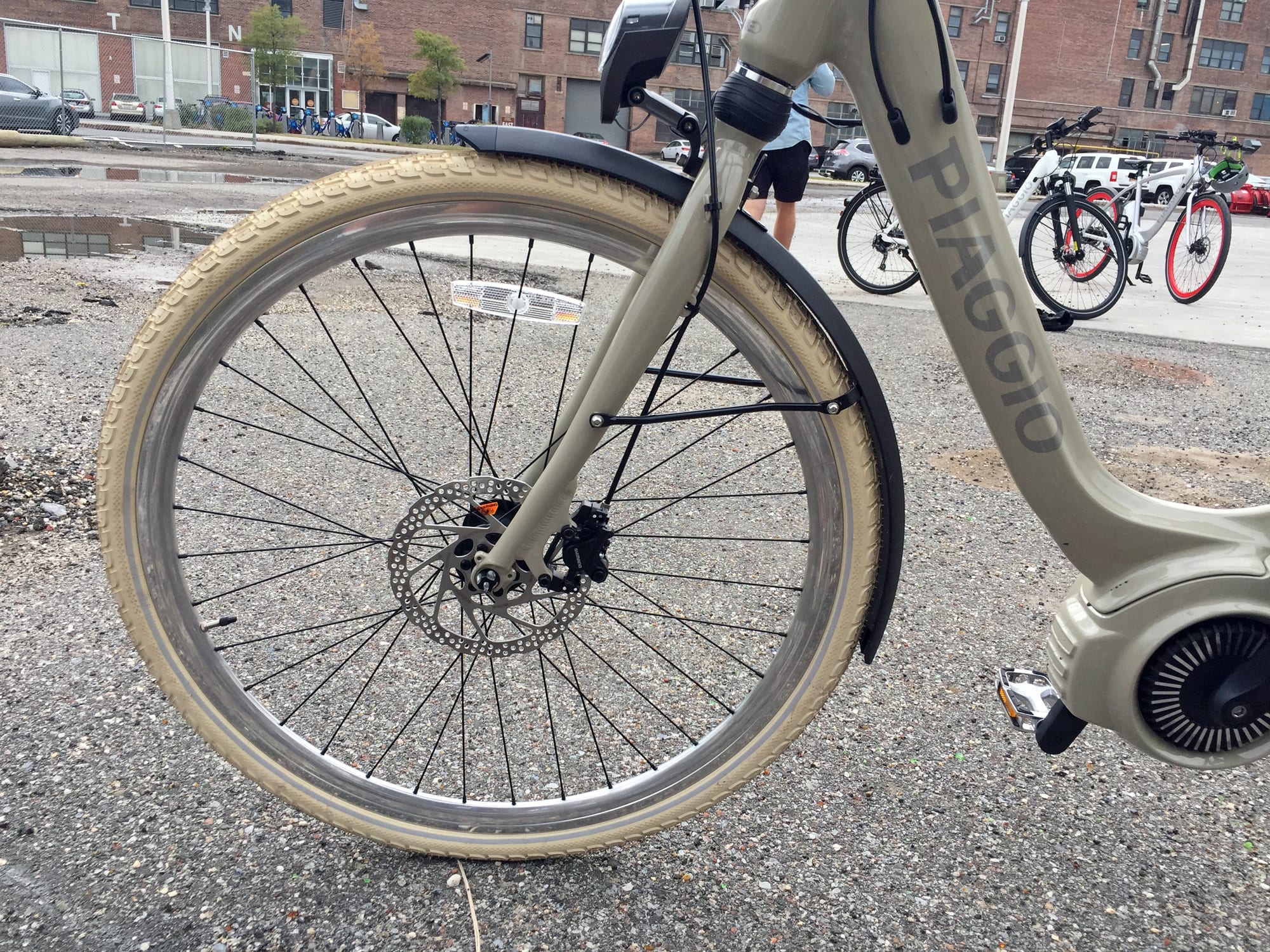
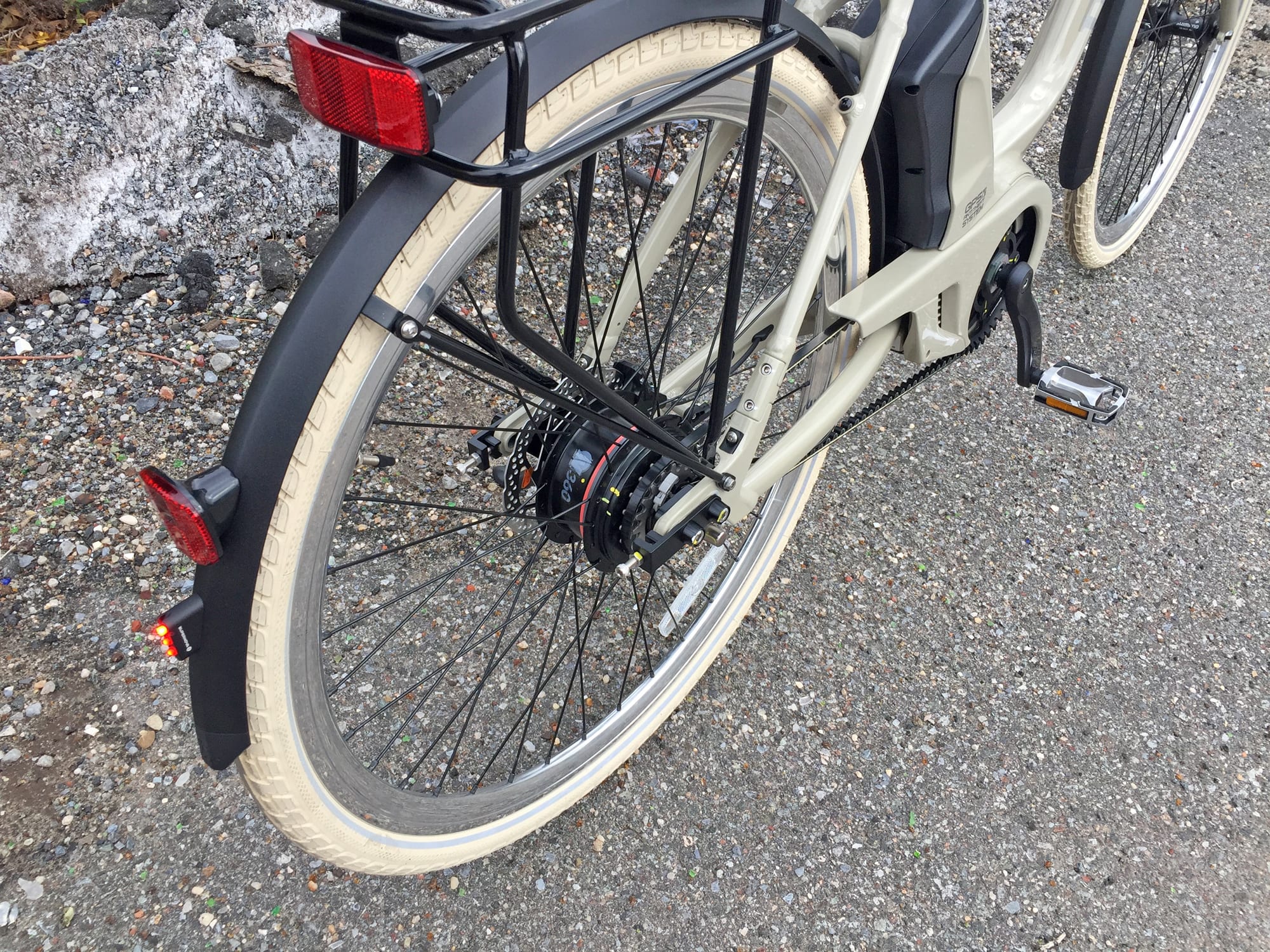
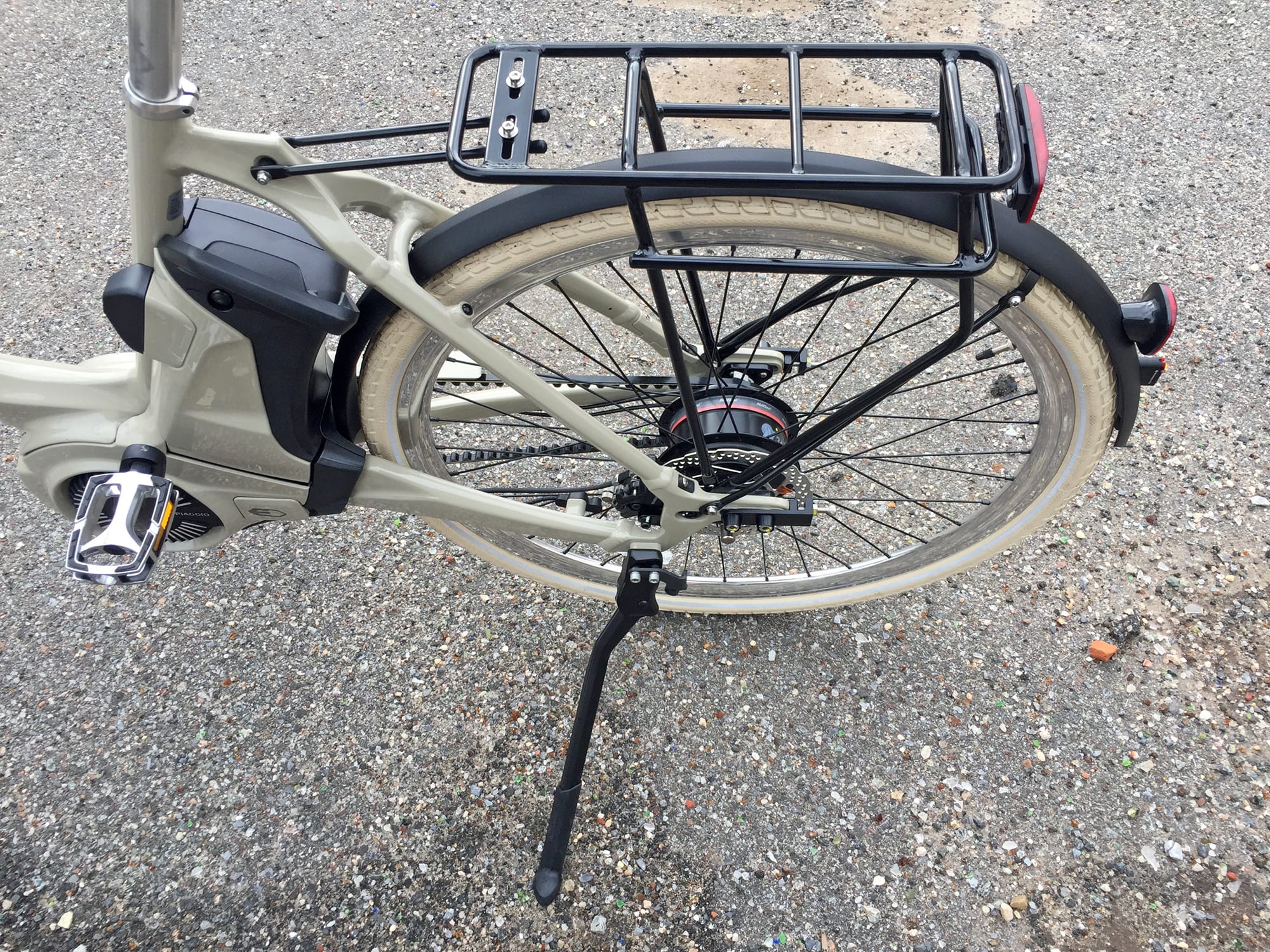
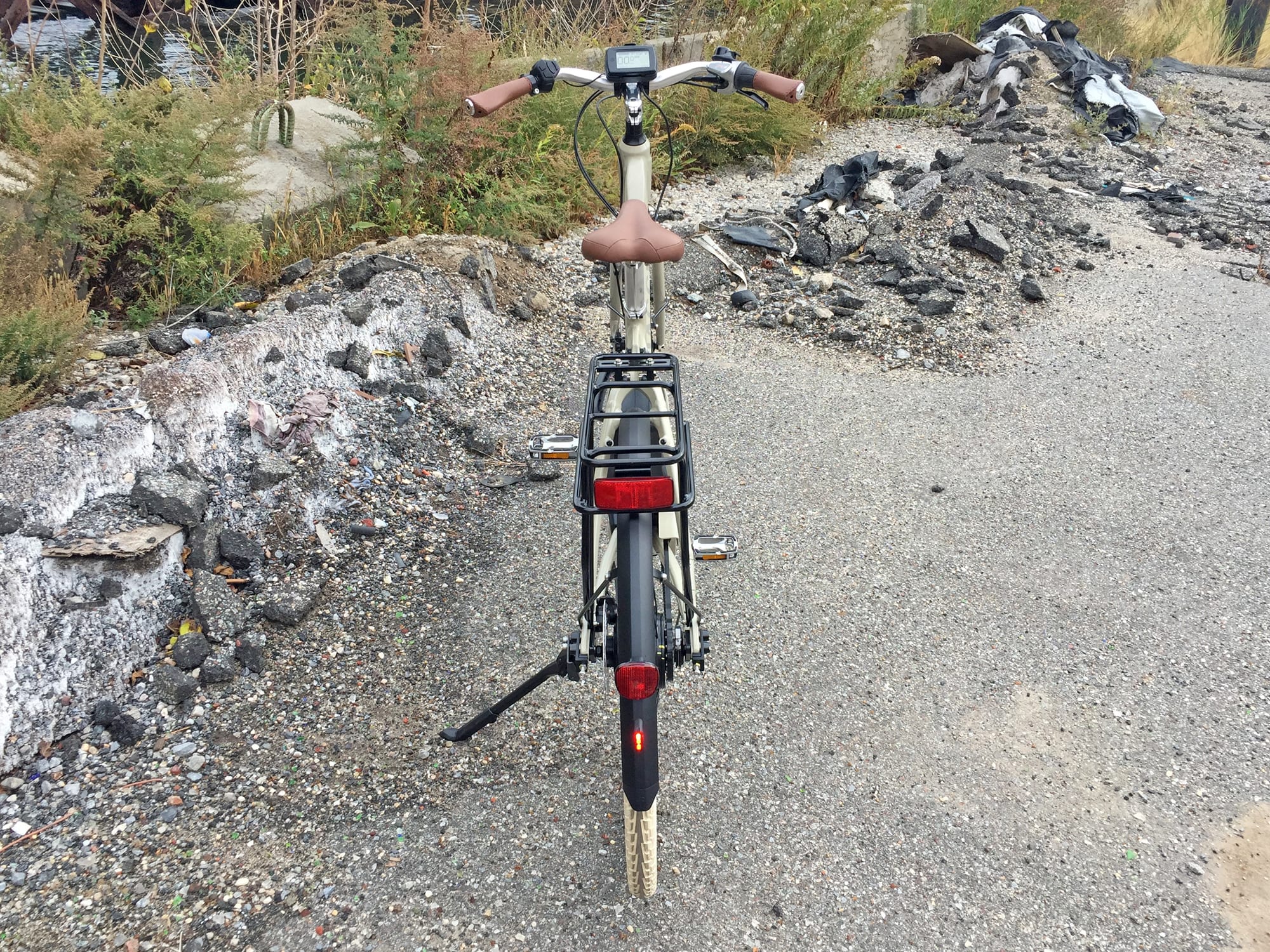
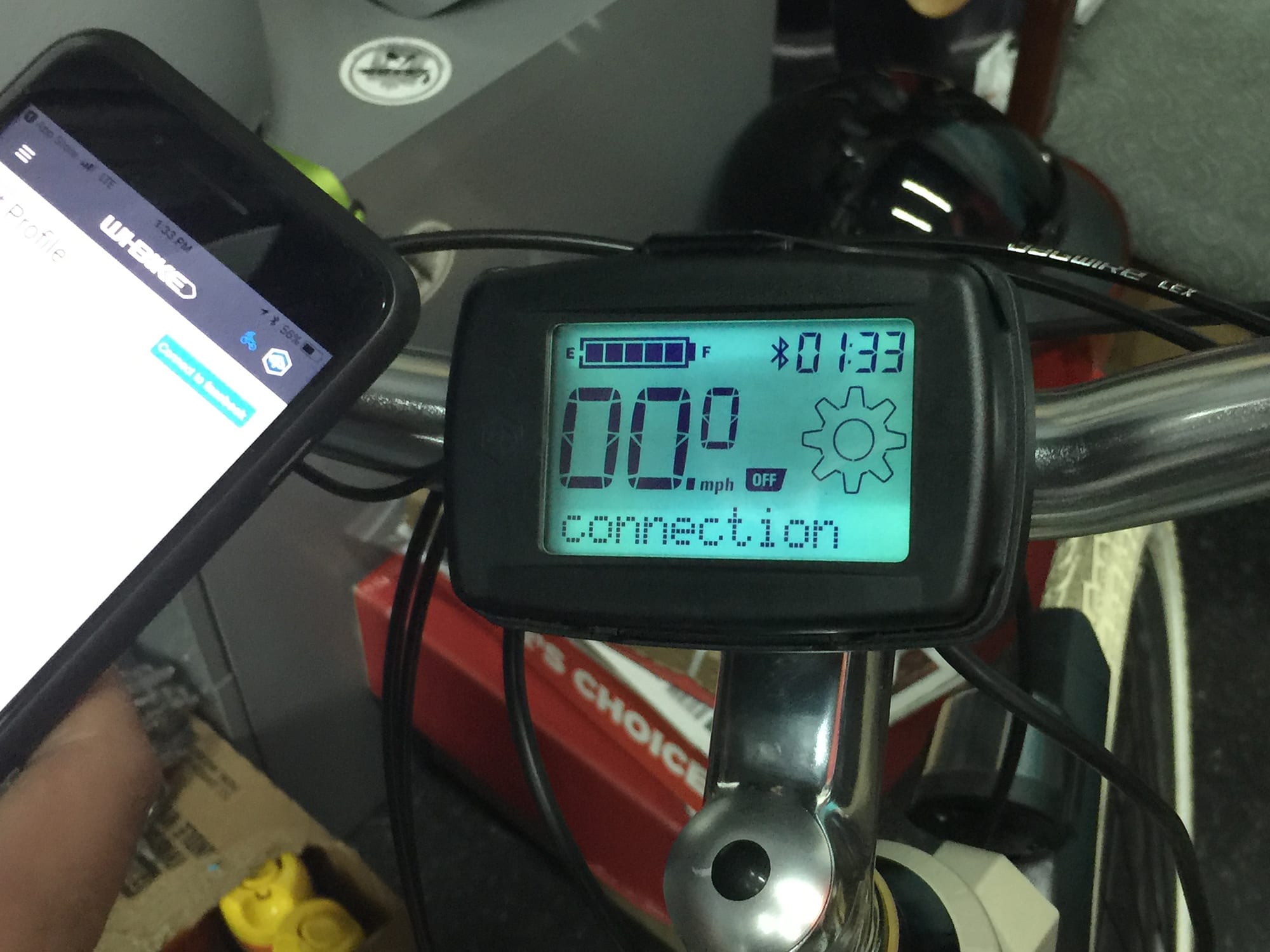
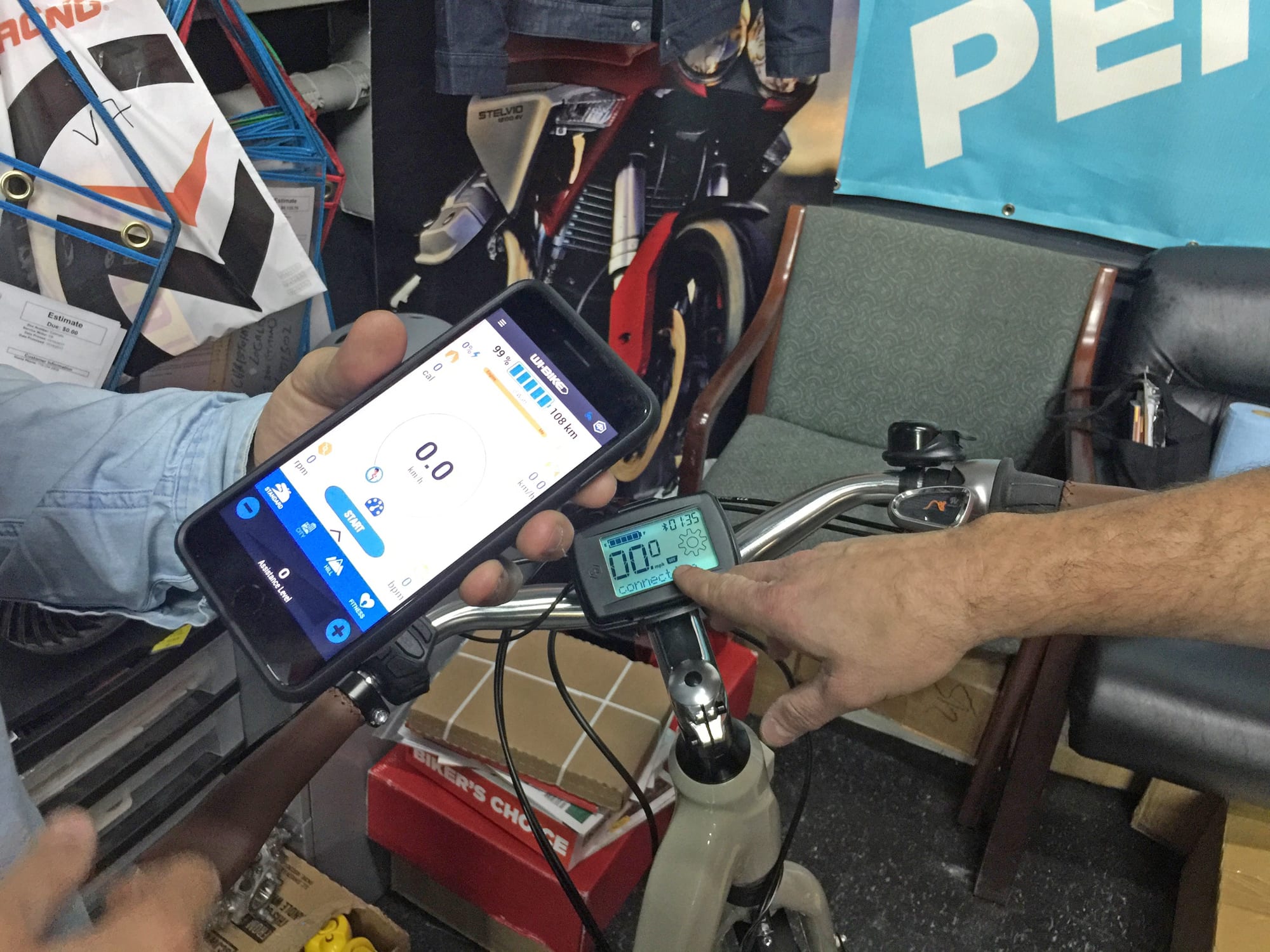
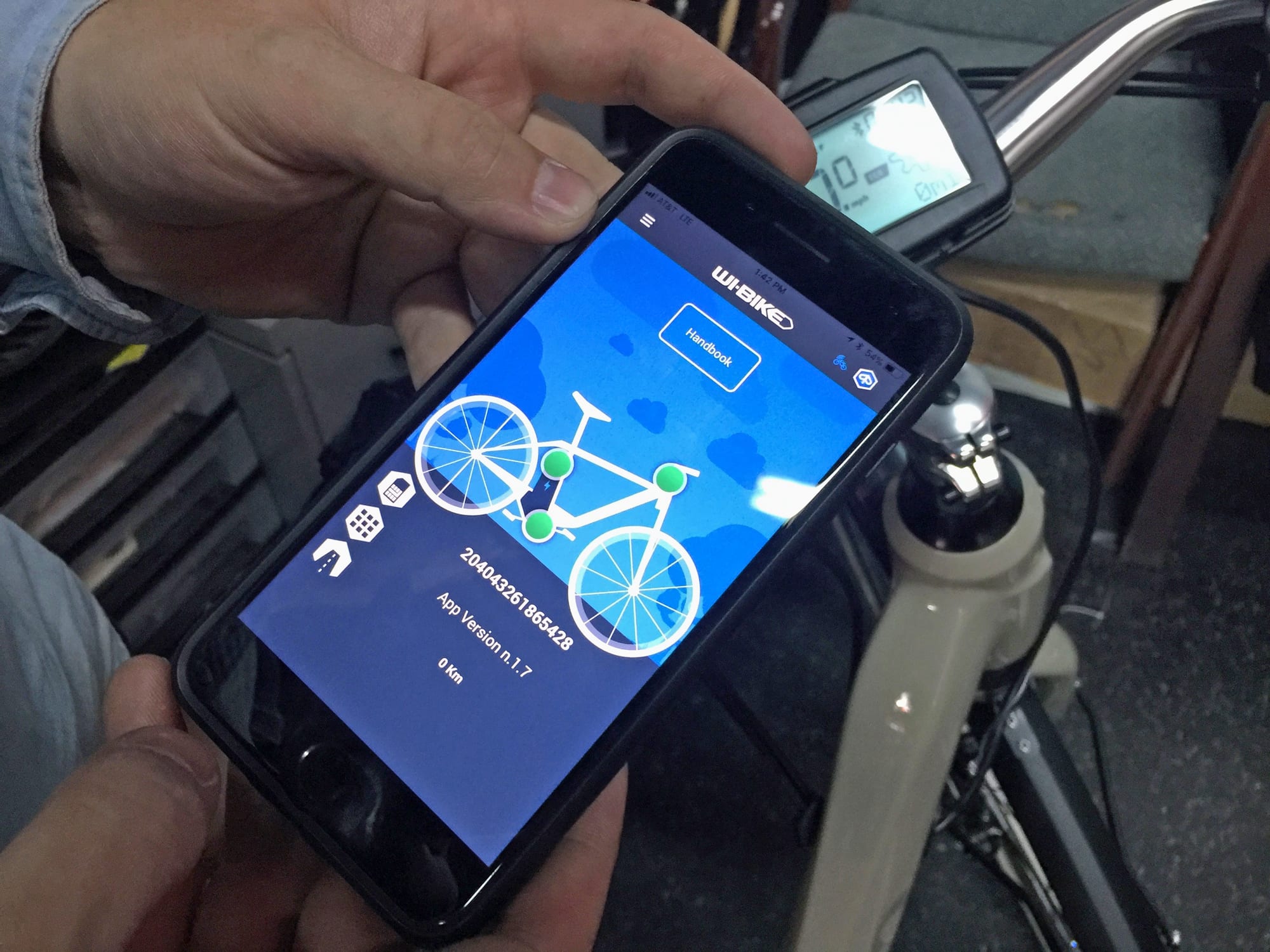
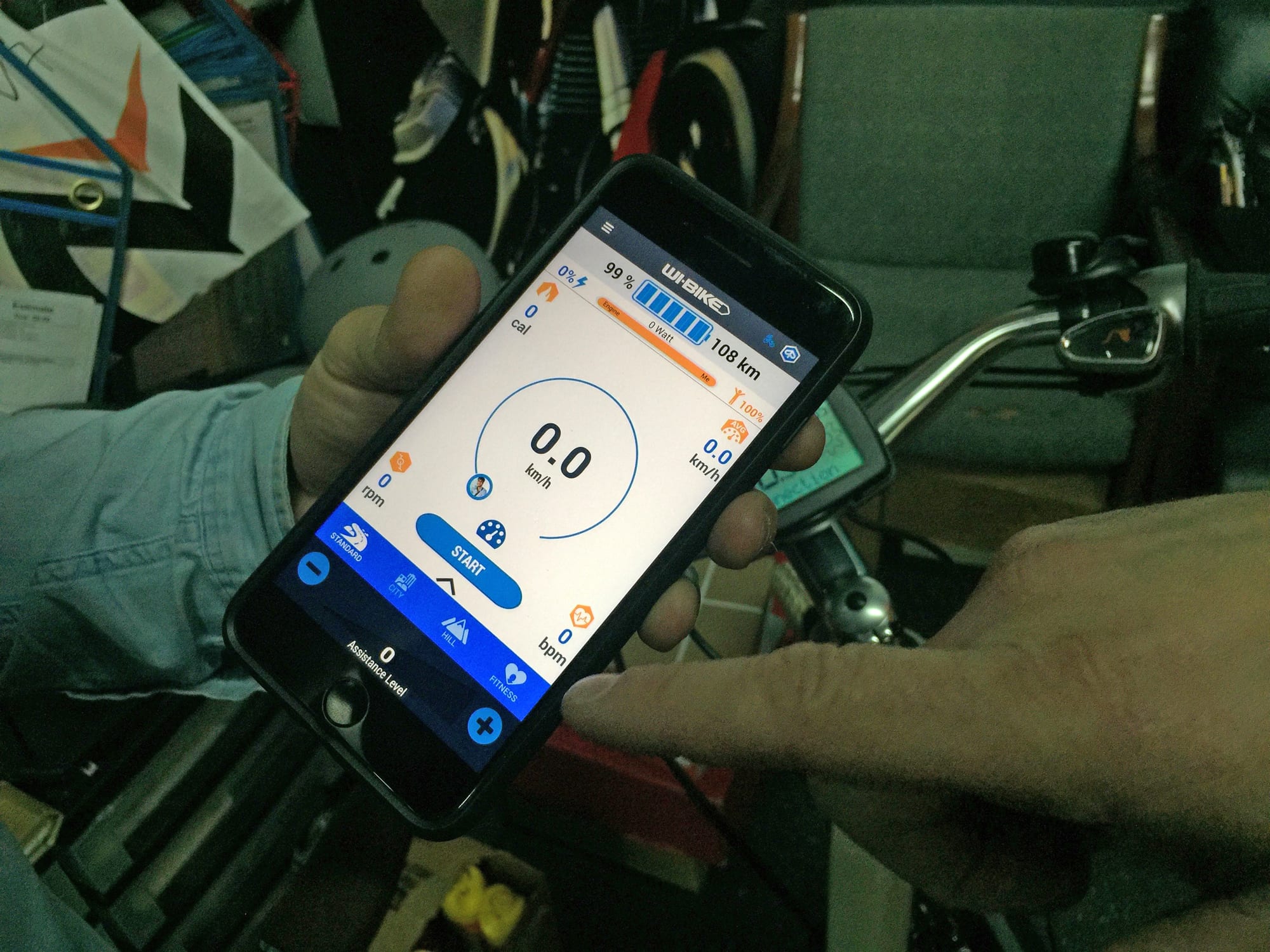
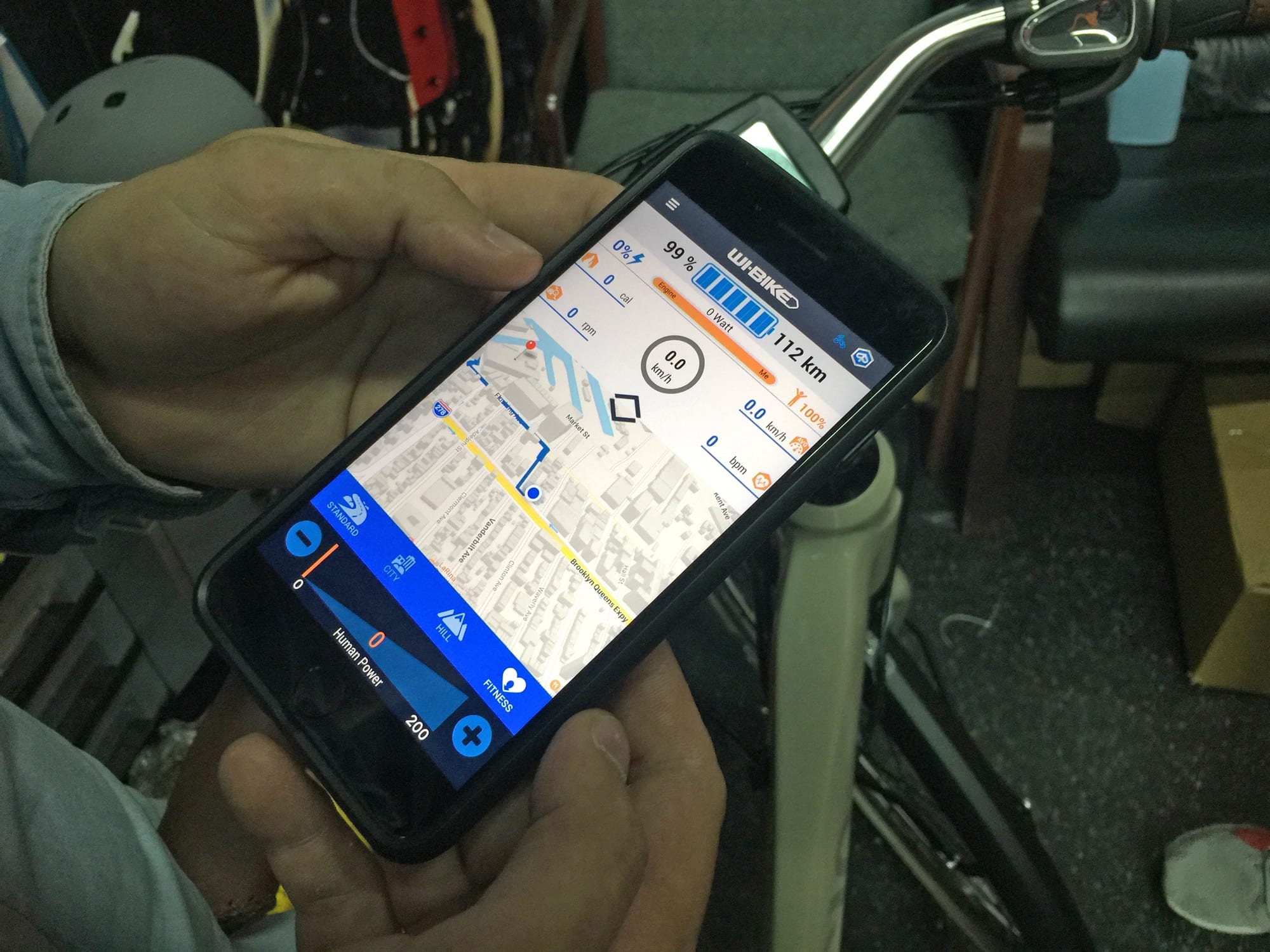

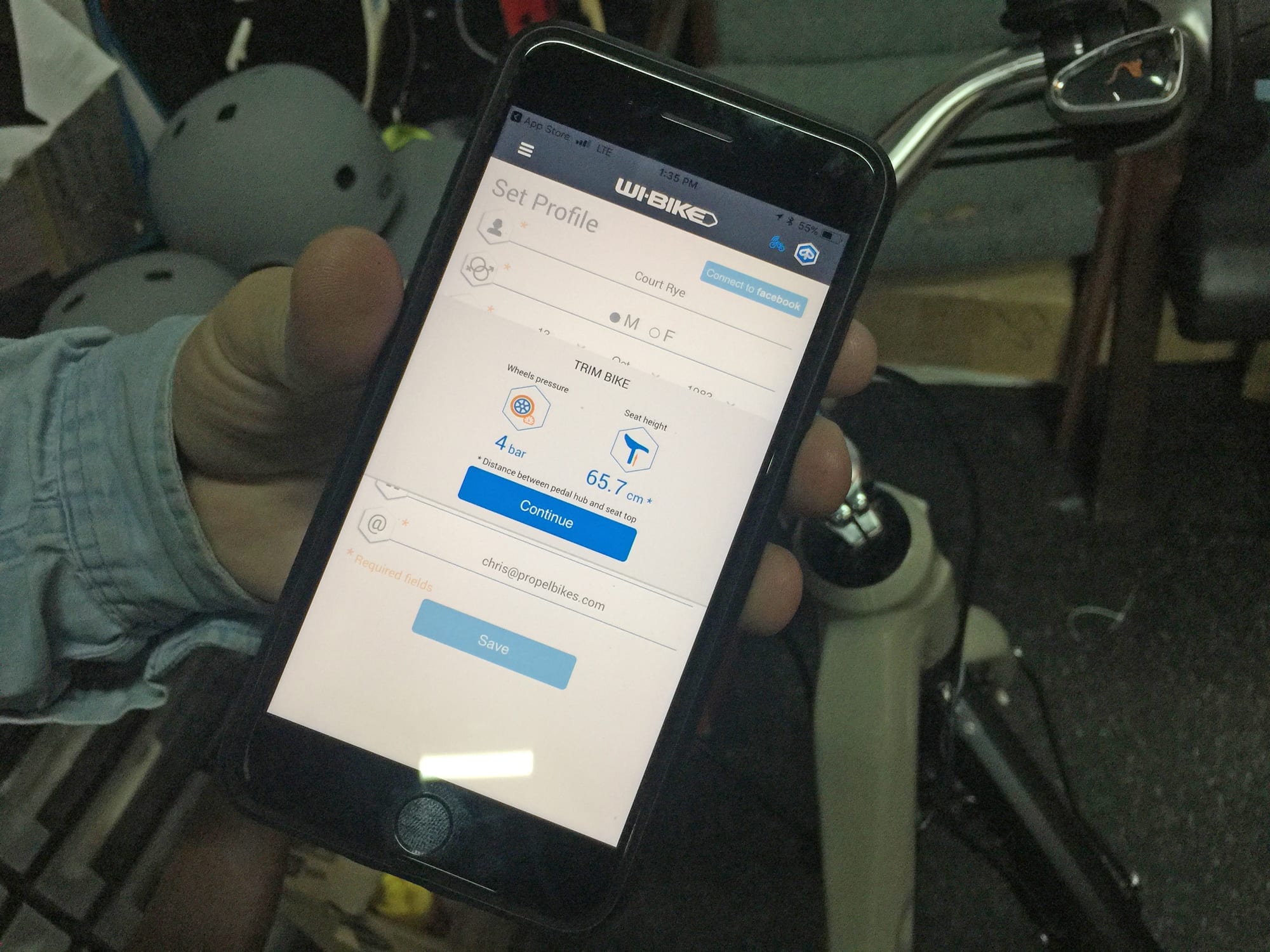

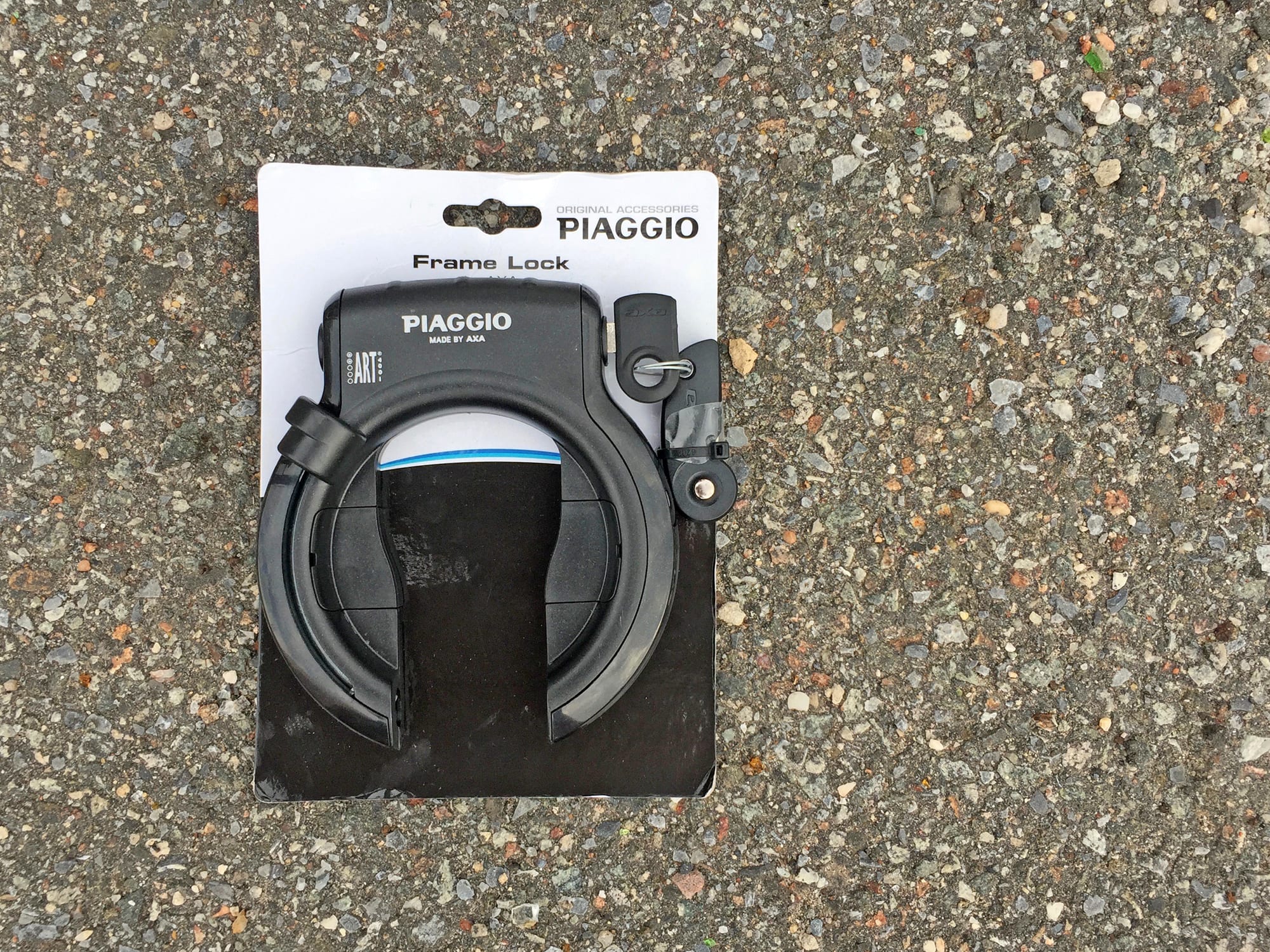
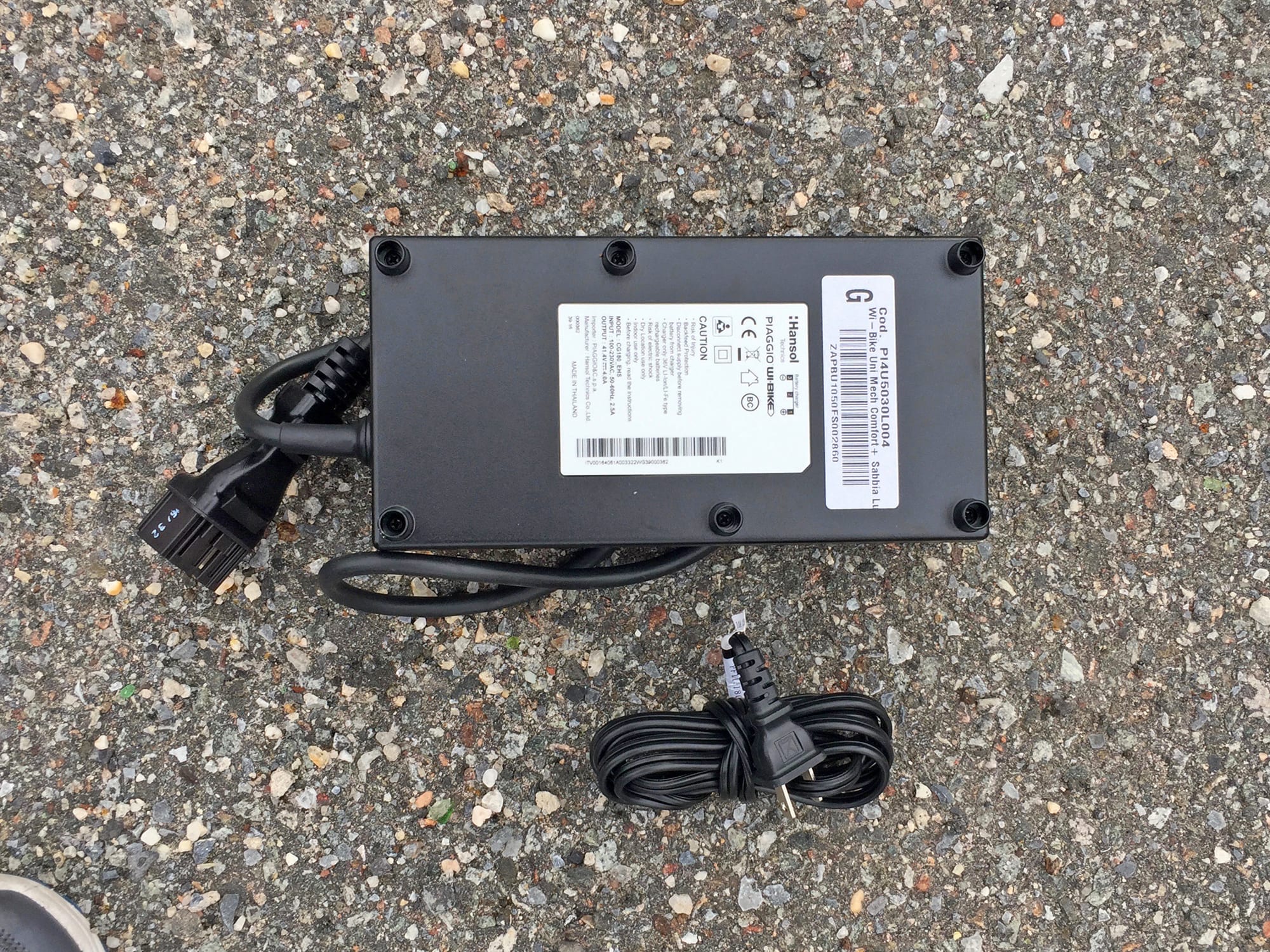

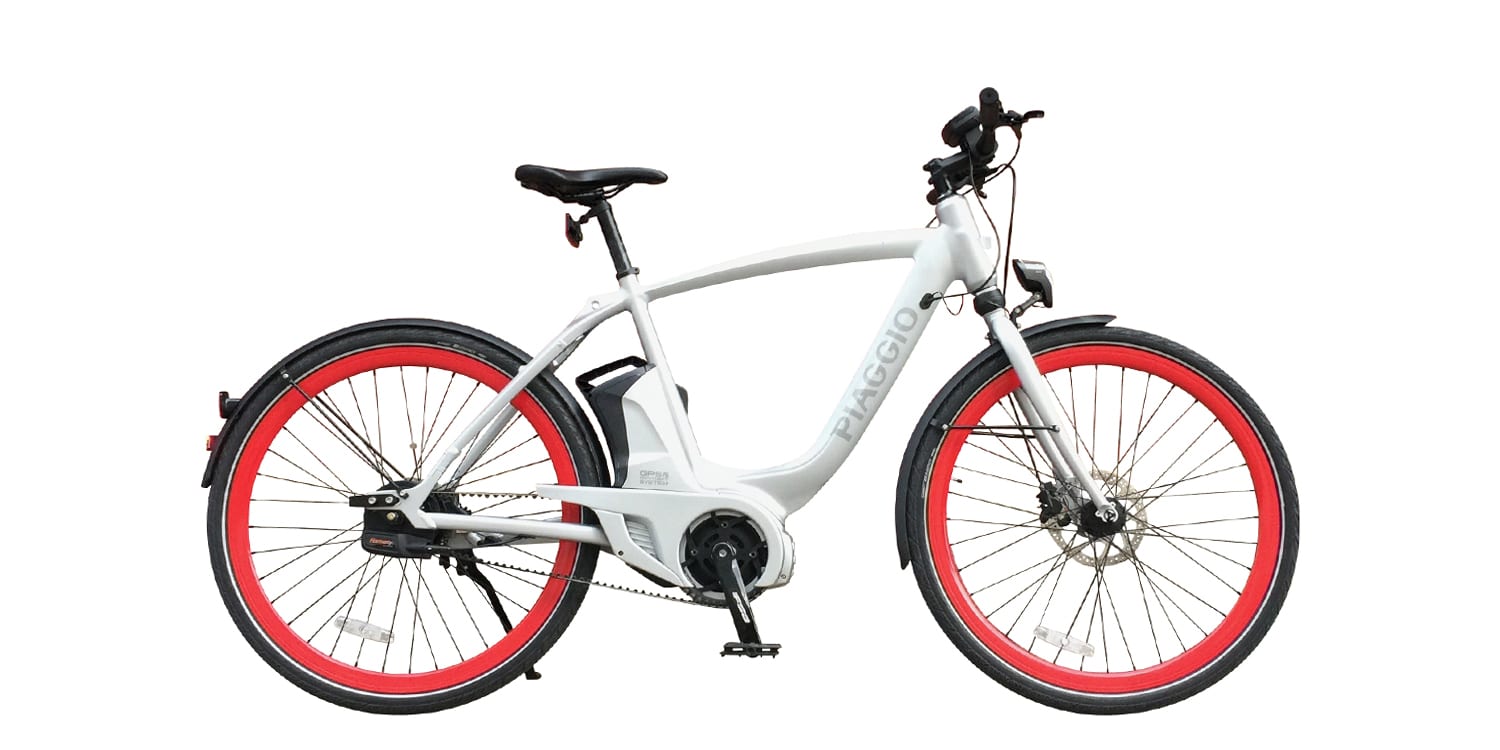
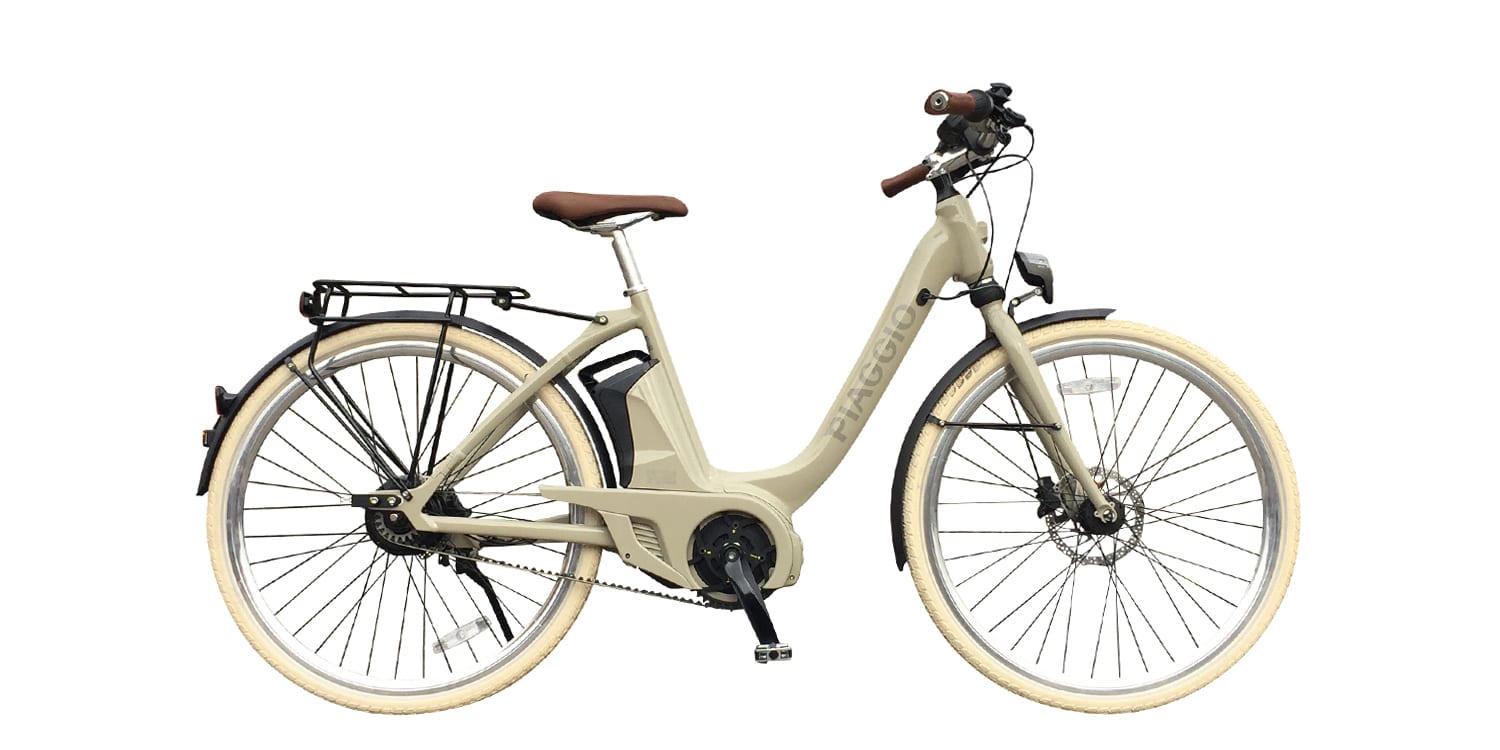
Reader Interactions